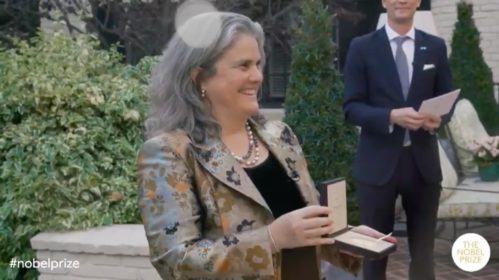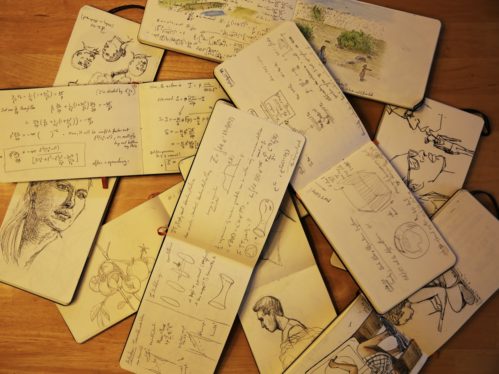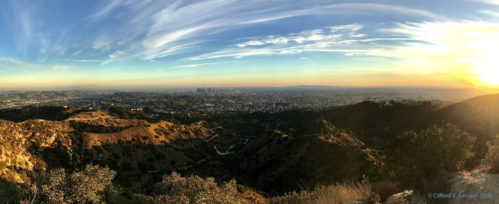This Feels Great!
[caption id="attachment_19729" align="aligncenter" width="499"] Andrea Ghez accepting the 2020 Nobel Prize for Physics[/caption]You know, it is easy (and healthy) to be steadfastly cynical about the whole prize thing, but sometimes it is just great to simply cast that aside and get into the spirit of it. This is one such time. The Nobel Prize ceremony was today and you can watch the whole thing on YouTube here. (Physics starts at about 36 minutes in.) My interest was in the moments Andrea Ghez and Roger Penrose picked up (literally this year) their prizes for their wonderful work on black boles. The picture I was able to screen grab of Andrea in particular says it all.
Andrea Ghez accepting the 2020 Nobel Prize for Physics[/caption]You know, it is easy (and healthy) to be steadfastly cynical about the whole prize thing, but sometimes it is just great to simply cast that aside and get into the spirit of it. This is one such time. The Nobel Prize ceremony was today and you can watch the whole thing on YouTube here. (Physics starts at about 36 minutes in.) My interest was in the moments Andrea Ghez and Roger Penrose picked up (literally this year) their prizes for their wonderful work on black boles. The picture I was able to screen grab of Andrea in particular says it all.
I’ve met Andrea Ghez on an number of occasions (and communicated electronically on many more), usually because of our joint interest in making science accessible to the public through talks (where we first met during K C Cole’s excellent Categorically Not! series), TV shows (where we’ve sometimes connected behind the scenes, in the context of shows or films we’re both in, or thinking of being in), and so forth. All our interactions have been […] Click to continue reading this post



















